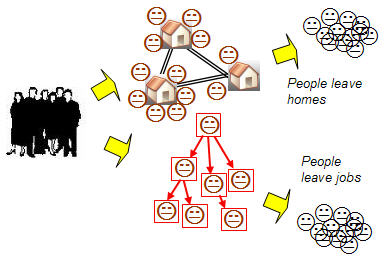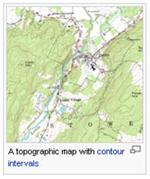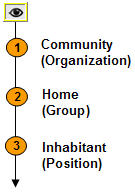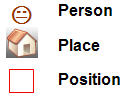Healthy organizations persist as generations of employees flow in, up, and through the changing network of jobs
Physical terrain and structures wear, change, and evolve separately from the people in them…as do organization groups and positions
 People always live and work somewhere
People flow through physical terrains of homes and communities—however they move on or move out—and generally leave the structures behind to be inhabited, and changed, by others
Healthy communities and their structures persist through generations of inhabitants
People flow through organizational terrains of jobs in groups that are part of organizations. They eventually leave the positions behind to be inhabited, and changed, by others
|
||||||||


